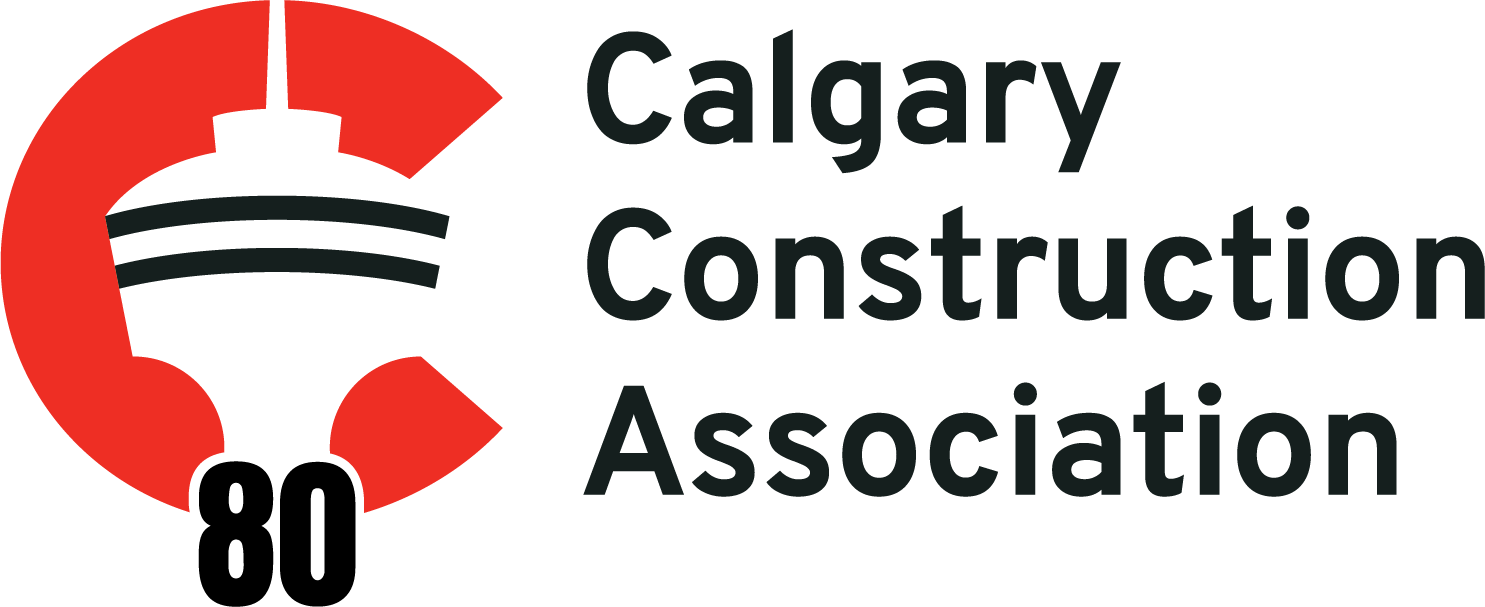About Contract Mirroring or Back – To – Back Contracts in The Construction Industry
Arianna Carlotti, Goodfellow & Schuettlaw
Call it contract mirroring or back – to – back contracts, at the end of the day the essence is the same: it finds its origin in the subcontracting chain and it boils it down to cascading liability for the work executed or subcontracted.
Depending on the kind of project, general contractors hire one or more subcontractors, who, in turn, hire sub-subcontractors to complete parts of the project. The general contractor stays liable to the owner of the project for the full extent of the project, even for the portion of the work subcontracted to one or more subcontractors. This is one of the main reasons why a savvy general contractor stipulates written contracts with its subcontractors, basically to hold them legally responsible for as much of the project as possible. The same for the subcontractors and their sub-subcontractors. This is the essence of the back-to-back contract.
The main back-to-back provisions used to cascade the liability down the subcontracting chain include scope of work, terms of payment, liability and indemnification, warranties, scheduling, dispute resolutions, and insurance.
Contract mirroring used to create back-to-back contracts is theoretically simple but is practically far from straightforward. It involves a certain grade of familiarity with relevant legal issues, operating challenges, and industry standards, as well as inclination to negotiate terms with other contractors. Although, sometimes sub-subcontractors are ultimately much bigger in size than the subcontractors themselves.
Simply repeating in the sub-subcontract agreement the same contractual terms of the subcontract/prime contract may make sense for some provisions but not for others. It may cause the parties to leave on the table some other important issues that apply solely to the relationship between the general and subcontractor and subcontractor and the sub- subcontractor. This may generate dangerous loopholes and potential grey areas in the liability and indemnification portion of the agreements. Very basically and more often than not, these loopholes may also affect the profitability of the contract/subcontract/sub-subcontract.
For example, the general might demand that the subcontractor carry higher insurance coverage than the subcontractor would typically require of the sub- subcontractor. What if the sub-subcontractor’s insurance is lower than the subcontractor’s coverage towards the general? Again, the subcontractor might have to concede to the general a higher warranty period. This would not be commercially viable for the subcontractor to require of its sub-subcontractor. What if the sub-subcontractor supplies equipment with a one-year warranty while the subcontractor has contracted with the general for a two-year warranty? Likewise, the scope of work should make clear who, in the subcontracting chain, is responsible for each portion of the work. In these examples, most likely the final bearer of the liabilities would be the subcontractor as the general contractors include in their contracts an obligation for the subcontractors to abide – and to ensure sub-subcontracts abide- by the terms of the subcontract agreement and of the prime contract even when sub-subcontracting a portion of the work. Consequently, it is evident that some provisions might be simply mirrored, but some might need to be further negotiated and customized. You should draft the contract to include all relevant considerations; don’t just refer to the terms of the upper contract. Other than for the general contractors, liabilities should be passed down only for the portion of the work and of the project that has been contracted for.
Contract mirroring offers protection in the subcontracting chain if done on a case -by- case basis and tested with the requirements and deliverables of each specific project and each portion of the project. To make back-to-back contracts work effectively, general contractors, subcontractors and sub-subcontractors need to be acutely aware of the work they need to perform, their obligations, and the extent of their liability.
Goodfellow & SchuettLaw has a team of lawyers who assist contractors, subcontractors and sub-subcontractors in reviewing, negotiating and drafting back-to-back contracts that address the issues of contract mirroring. They provide in house counsel services and have experience in advising contractors on how to best protect their interests in the chain of the subcontracting. You may reach out to khowe@gfslaw.ca or Pnaidu@gfslaw.ca if you have any questions.





